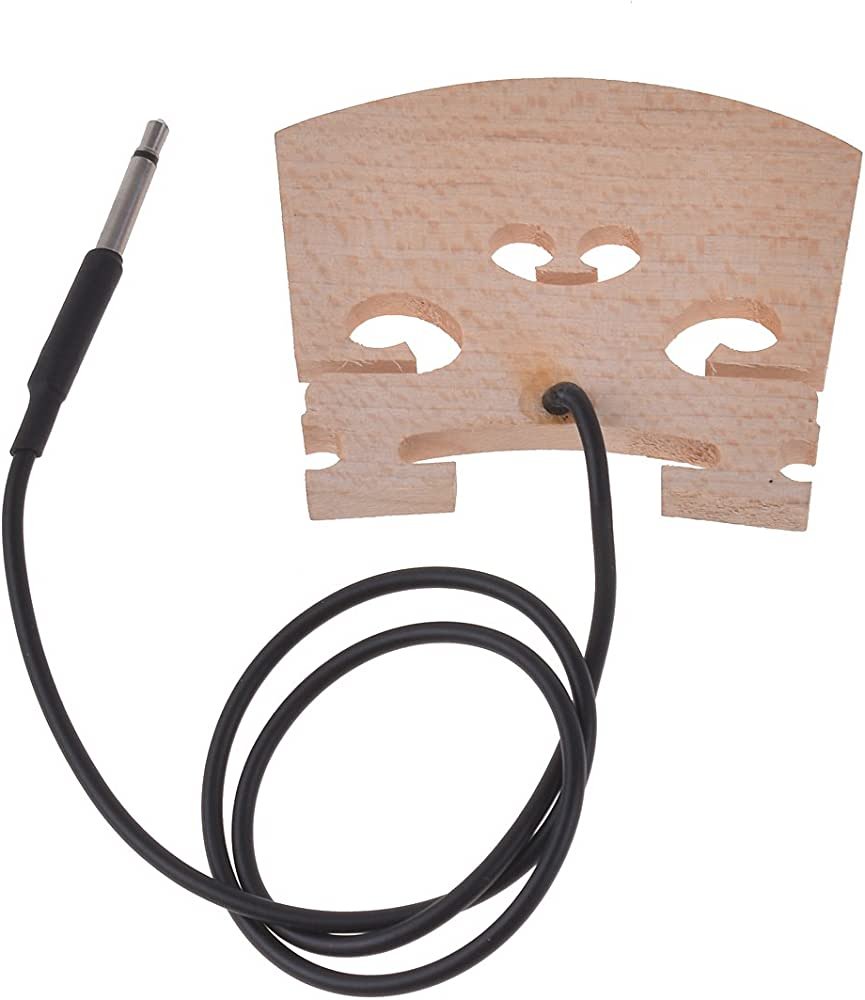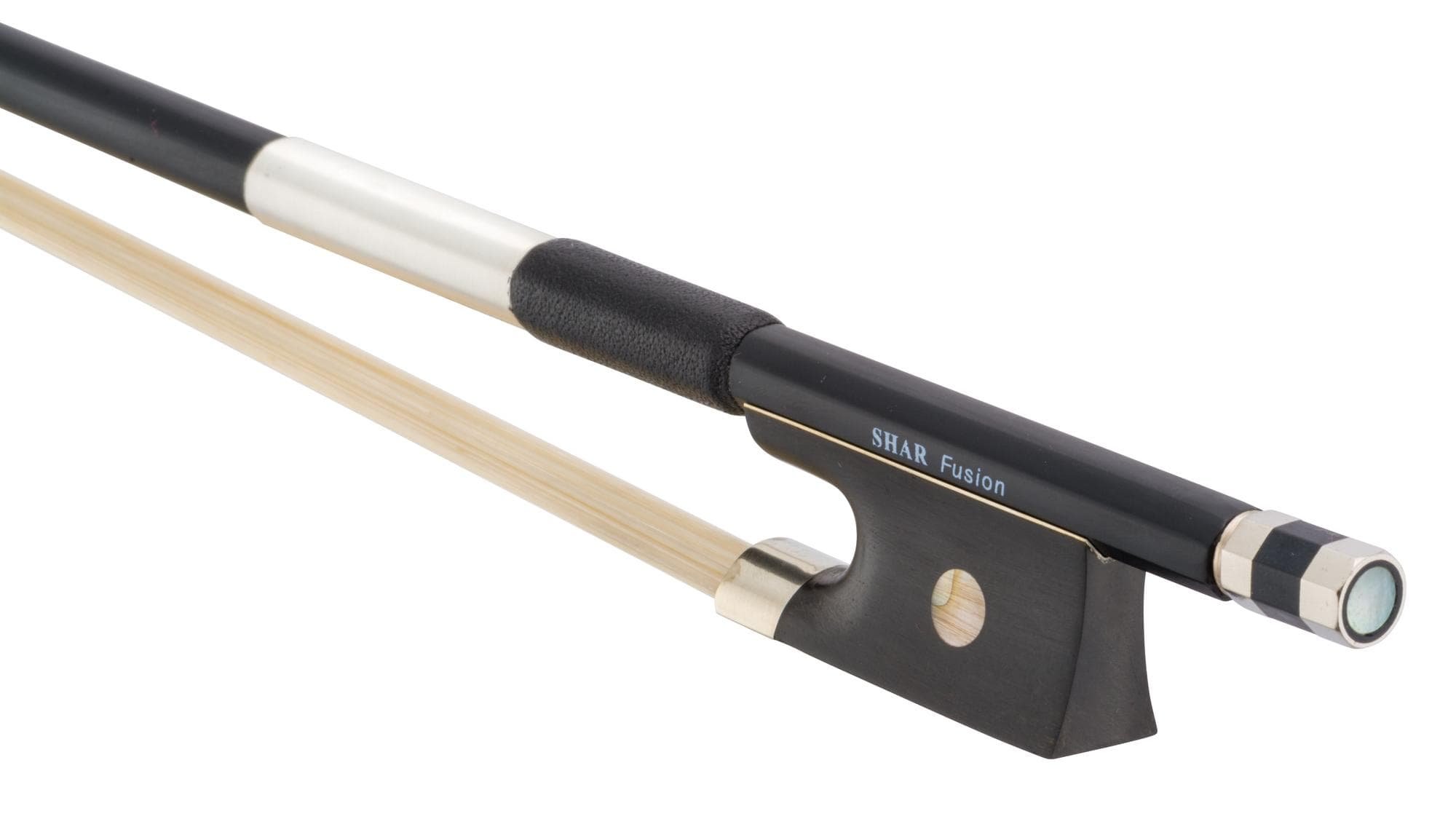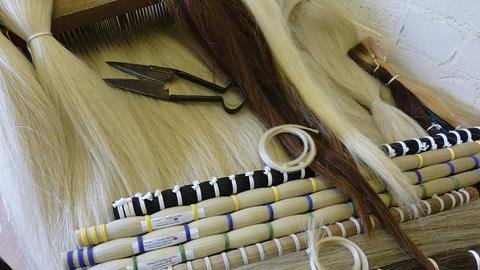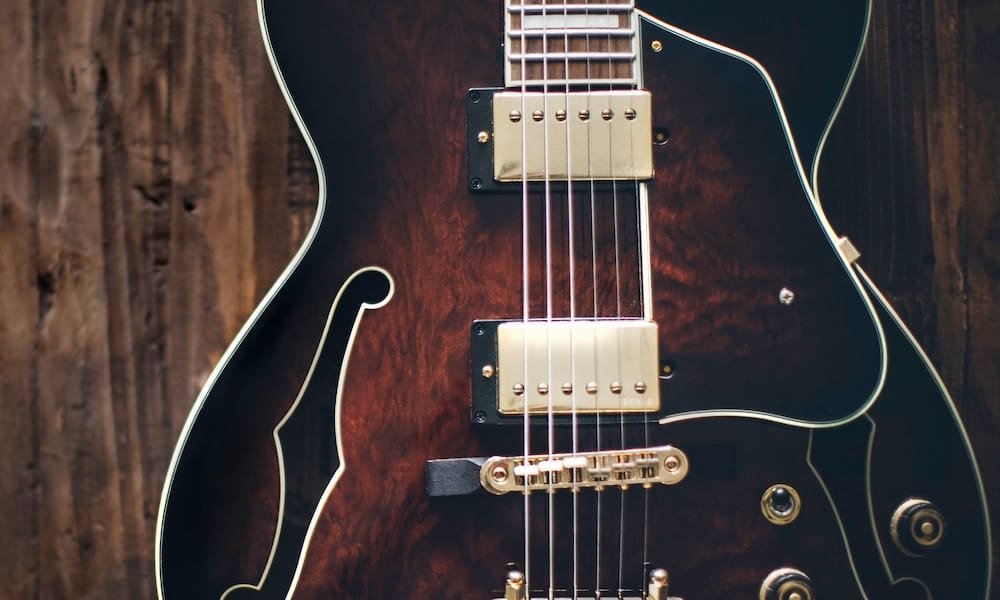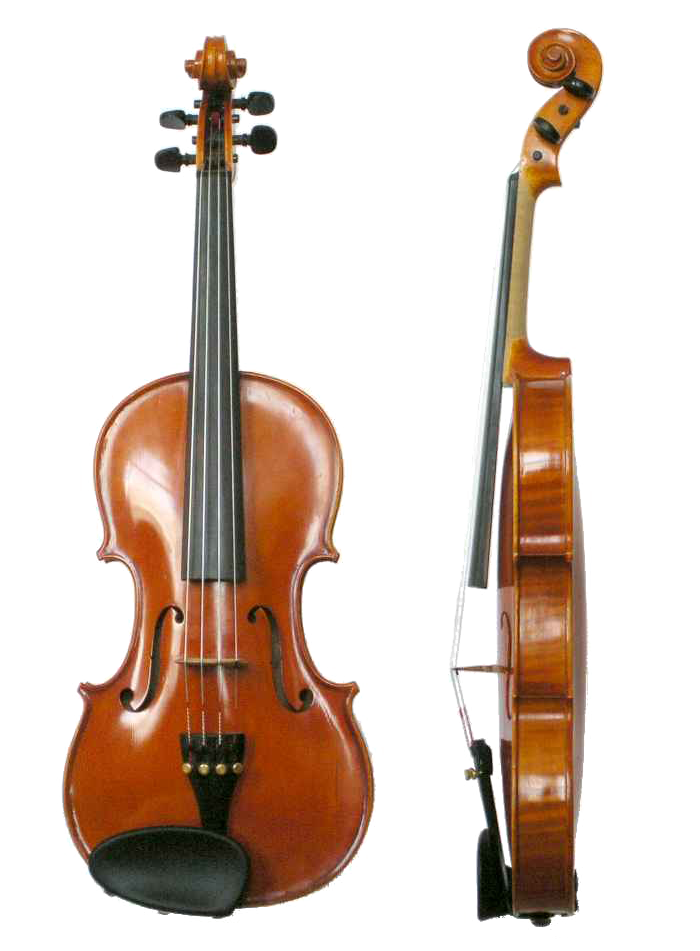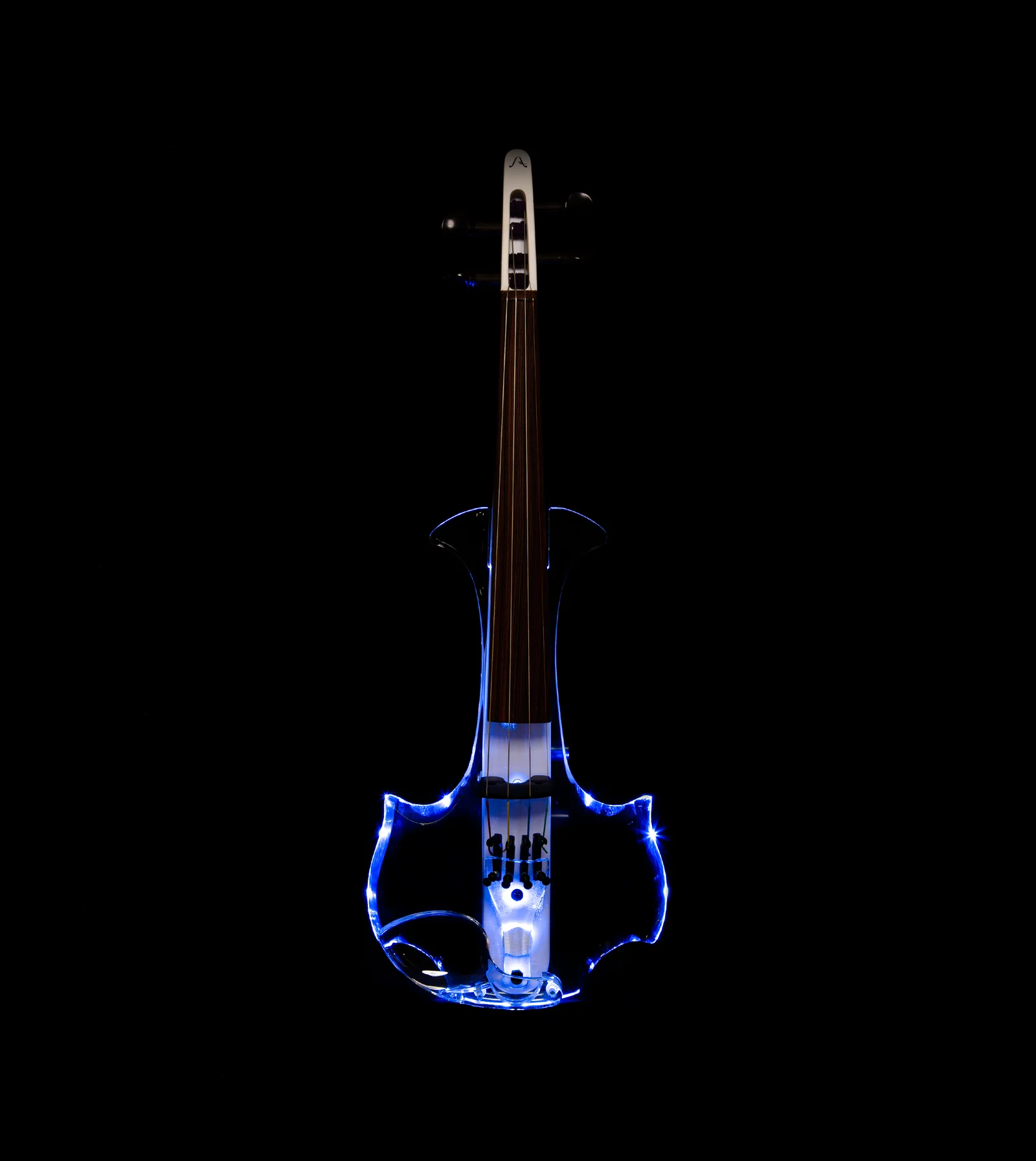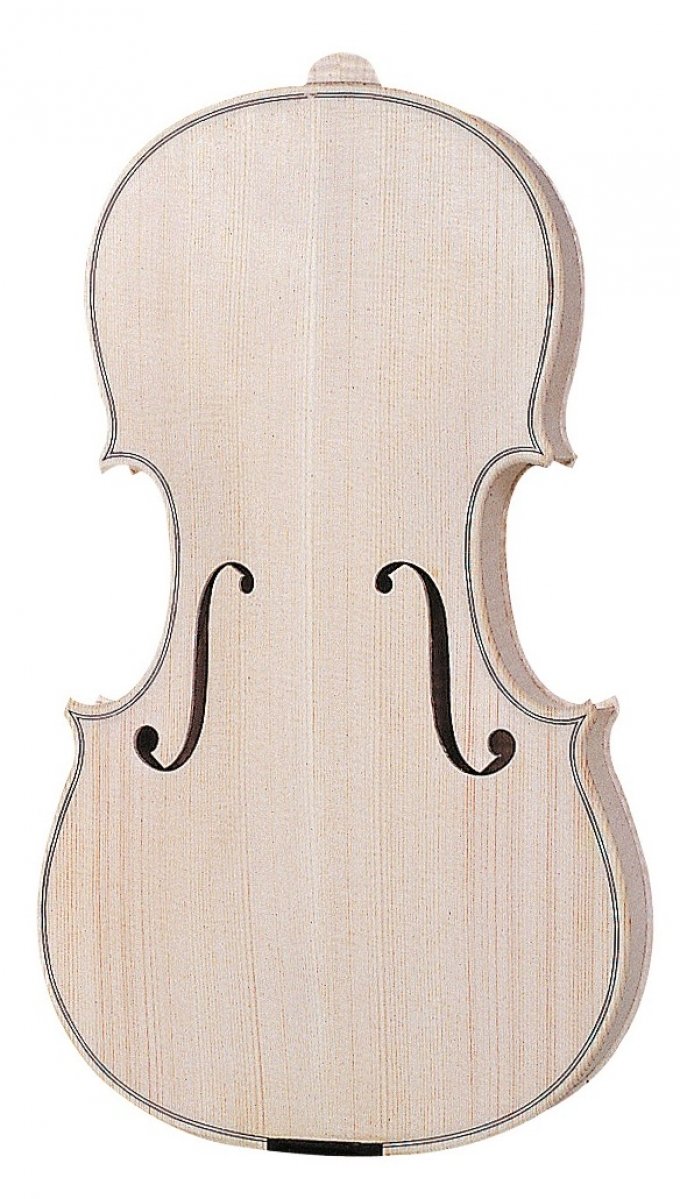Electric Violins - How Do They Work?
If you have ever watched us perform you must have seen at least one of the following instruments:
And yes, the LED violins are a big hit!
We have had so many questions about their inner working, and the magic the electric violins use to produce such a powerful sound. It is slightly disappointing that the acoustic violin doesn’t get that much attention, but that’s okay, they’re still more expensive than a brand new car in 2023.
Let’s go over both the acoustic and the electric violins and see how they work; more accurately, let’s see how they produce and amplify sound.
In both cases, the sound is produced when the player ‘bows’ the instrument using a bow that holds a (hopefully) newly strung horse hair. Yes, real horse hair. It is sustainable, relatively easy to find, and better than anything artificial. When the horse hair is gently pulled across the strings it vibrates the strings to produce a sound. The player can then put their finger down on the fingerboard of the instrument to shorten the length of the string, therefore changing the pitch. You can easily test this out by holding a ruler slightly off the edge of a table, and then flicking it. It will produce a sound. When you alter the length of the ruler, you will alter its pitch. Here is a video that perfectly demonstrates it. Don’t listen to it at high volume, rulers make bad instruments (and according to Stevie Nicks, they also make bad lovers).
Same exact thing happens with the strings. You put down your finger on a string, shorten its length, therefore change its pitch. But the sound of the violin lies in its body. The unique and beautiful shape of the violin is where all the magic happens. The body acts as a resonating box, and amplifies the vibration of the strings towards the audience. The vibrations of the strings are transferred to the body of the instrument through a thin piece of wood (marvel of carpentry, handmade by extremely talented luthiers) called the ‘bridge’. It looks like this:
Pretty much every acoustic instrument ever made works the same way. Violins, violas, cellos, basses, guitars, and others. The wood used for the body, and every single little detail can alter the sound of the instrument dramatically. This is why musicians are very protective of their instruments. Even a drop of rain is enough to mess with the varnish of the wood, changing not only its looks, but also its sonic capabilities.
But wait, electric violins do not have a body! Well, they kinda do, but they are not boxy, they are very much just there for the looks (and the LED lights of course). The initial vibration is produced the same way as the acoustic violin, but the amplification is done outside the instrument, though speakers. This allows us to add effects to our violins and make them plenty loud for exceptionally large gatherings and stages.
The vibrations produced by the strings are turned into electrical signal by a bridge that is not really made of wood by talented luthiers, but by a bridge made by electrical engineers. These bridges contain (get ready for this) piezoelectric crystals - I told you its magic.
These crystals are special because when they are vibrated, they produce electric energy. Very, very, very tiny amount of electric energy, but just enough energy to transfer it with a cable (or wireless systems in our case) to a speaker and then amplify it. I distinctly remember a little kid asking me if he will get an electric shock if he touches the violin because it is electric. No Lucas, you will not get shocked, I promise.
These devices that convert the vibrations of the strings into electric energy are called ‘pickups’. They are also found on other instruments such as electric guitars. You can even install them on acoustic violins, making them hybrid. Some of these pickups work by other types of magic, but I don’t want to take too much of your time. Here is a slideshow of some electric violins, pickups, and other somewhat tangential photos to this article. Make sure to leave a comment asking any questions. I can’t promise I’ll be able to answer them, but I will surely try!
